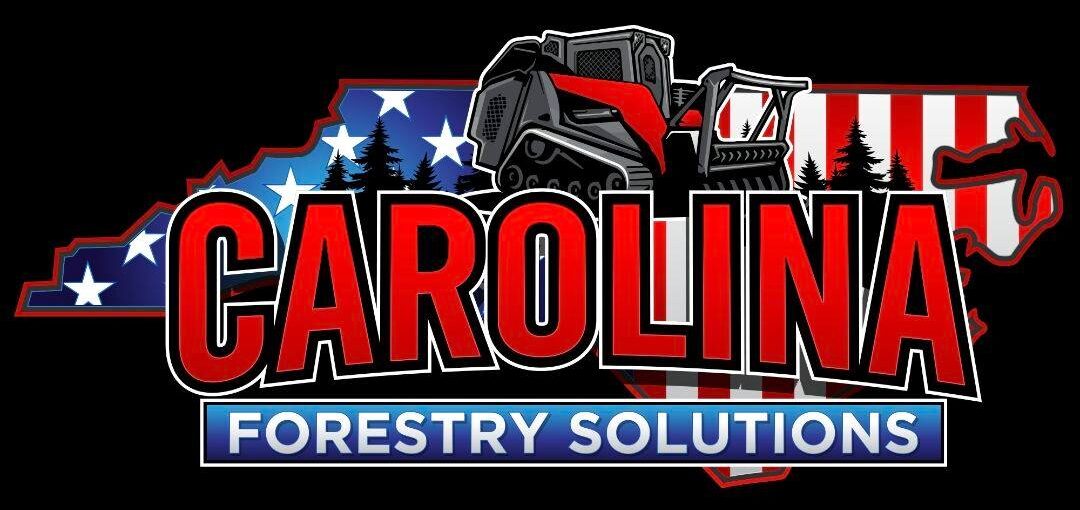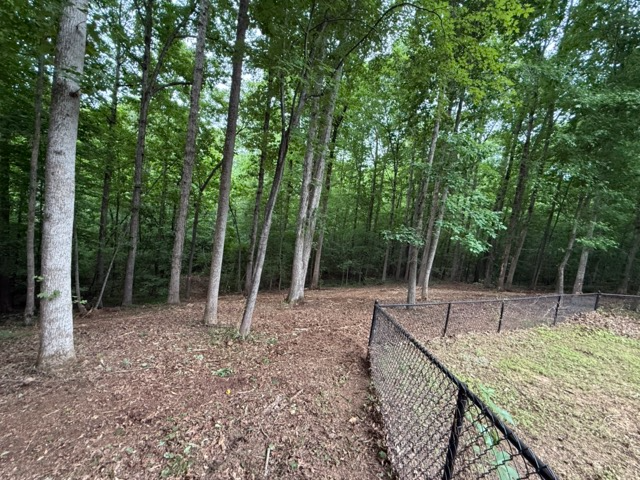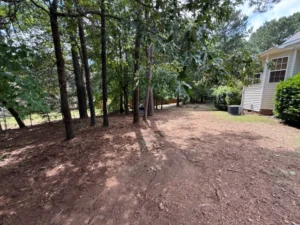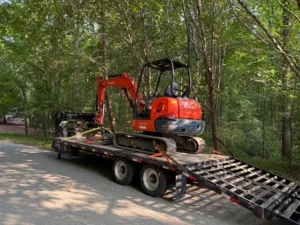If you own a lot with extensive overgrown vegetation or dead trees, you may consider land clearing to improve the property’s appearance. The process of cleaning up the property may seem relatively straightforward. However, this kind of work requires careful planning, expertise, and appropriate resources to do it correctly, which is why people often make mistakes.
At Carolina Forestry Solutions, we know how challenging lot clearing can be, even with some experience. Here, we outline the top land clearing mistakes that property owners should avoid to achieve the best results for their site preparation project.
Overlooking or Ignoring Local Regulations and Permits
Did you know that land clearing sometimes requires local permits and approvals? Removing overgrown vegetation from a property and preparing the site for construction or another future project isn’t the same as doing regular yard work.
You must pay attention to and follow local environmental regulations, permit requirements, and zoning laws. Failure to do so can lead to costly fines or project delays. Before undertaking any work on your property, contact your local government office to ask about permits and regulations that protect plants and wildlife in your area.
Attempting DIY Lot Clearing
Property owners sometimes attempt to clear their lots on their own. Cost savings are the driving force behind this approach. However, the benefits of professional lot clearing far outweigh the advantages of do-it-yourself projects.
Cutting down trees is hazardous without extensive experience in tree removal. A cut tree could fall in the wrong direction, leading to injuries and property damage. You must also consider the dangers of using specialized equipment, like chainsaws, without adequate experience and training.
For these reasons, it’s best to hire qualified land clearing contractors.
Handling Vegetation Removal Without a Defined Purpose
One of the top mistakes lot owners make during land clearing projects is starting the work without a clear purpose. It’s not enough to remove all the trees, shrubbery, and overgrown brush from your land. Unless you have a specific goal, you won’t know what to leave alone, what to remove, and how to manage the terrain afterward.
Do you plan to use the land for a home addition, commercial construction, or landscaping purposes? Are you interested in having enough space for farming, or do you simply want to improve the visibility around the lot?
Answering these questions determines your project’s purpose, which will help with planning.
Eliminating All Vegetation From the Space
Removing all the plant life might seem appealing because your property will look neat and obstruction-free. However, taking this approach exposes the soil on your land.
Plant roots help the soil stay in place. Without them, erosion and runoff are more likely to occur.
Removing Trees Worth Keeping
Trees can be practical in landscapes. They can provide shade around the sunniest parts of your home, which helps keep interior spaces cool in the summer. They can also enhance a landscape’s visual appeal.
In some cases, trees are too valuable to simply be removed and hauled away. High-quality hardwoods may be acceptable at a local sawmill for lumber, which means your trees could help you earn capital.
Does your property have a lot of trees? You may think removing them all will make your land neater and more spacious.
However, this approach isn’t always the best. Instead of cutting all the trees down immediately, evaluate their location and condition first.
Not Considering the Terrain and Soil
Clearing land involves more than cutting down trees and pulling up brush. If you’re not careful, your project can have negative environmental impacts.
For instance, soil assessments and terrain surveys are essential to ensure optimal outcomes. Uneven terrain and marsh-like soil can lead to erosion, which can compromise foundations and complicate drainage. By knowing more about the land you’re clearing, you can take proper soil erosion control and land stability measures.
Using Improper Equipment
People often forget about equipment when planning a land clearing project. Some machinery and tools are more suitable for specific tasks.
For instance, if your project involves removing dense vegetation and land grading, you’ll need heavy-duty equipment such as excavators, bulldozers, and mulchers. Yet, for smaller jobs, hand tools, like chainsaws, may be sufficient.
Always choose the right equipment for the job. Otherwise, you could experience project delays or increased costs.
Experience the Best Land Clearing Solutions in Central North Carolina
The best way to avoid typical land clearing mistakes is to hire qualified contractors with extensive experience in tackling challenging jobs. For projects in central North Carolina, the team to call is Carolina Forestry Solutions. With over a decade of experience, our experts take pride in providing unmatched results at competitive rates.
Are you interested in premium land clearing, forestry mulching, and other property development solutions? Contact Carolina Forestry Solutions in Clayton, North Carolina, today to request your free quote.



